Let’s talk about oceanic animals — bear with me; it’s relevant to stakeholder theory, I promise.
The stonefish, for example, is a ‘does what it says on the tin’ type of fish. It’s a fish that looks like a stone.
That, my friends, is the oceanic animal naming committee on a Friday afternoon at the end of a long week.
Seahorse, however? A tad misleading, but with Monday morning creativity written all over it.
It’s the same in project management.
Some names make no sense. Like, brainstorm. How is violent turbulence of the atmosphere, happening inside my head, a helpful way to solve problems?
But stakeholder? Much more simple. They’re literally people holding a stake in something, which usually means they’re interested in it. They’ve got skin in the game.
And, when it’s your game, you need to know how to look after them.
In this article, we’ll explain all you need to know about stakeholder theory, including what it is and what it means for working with your project stakeholders.
So, what is stakeholder theory?
Stakeholder theory is a concept with its origin in business ethics. It states that anyone affected by an organization and its workings is a stakeholder and that organizational success depends on creating value for all those stakeholders.
Stakeholder theory is important because it encourages businesses to consider stakeholders outside of just their company shareholders. It suggests that corporate governance has a social responsibility to consider stakeholders’ interests in whatever they do.
It’s different from stakeholder management because it’s about integrity and involvement, not mitigation.
For project managers, it’s about giving full visibility to your stakeholders specifically to ensure they have an opportunity to influence your project.
Which, knowing some stakeholders, might sound like a downright scary thing to try and manage.
How exactly does it work in project management?
The first step in incorporating stakeholder theory into your project is to identify your stakeholders. This is likely to include both internal and external stakeholders.
Once all stakeholders have been identified, it’s important to judge their relationship to the project. Judging their relationship to the project is done by analyzing 2 elements: their level of interest in the project and their level of influence over the project outcome.
Part of your stakeholder analysis will be determining what they can contribute.
A key part of stakeholder theory is to involve stakeholders in decision-making. So, understanding which groups to seek input from on what element of the project is important.Finally, you’ll need to make a plan to communicate project progress to stakeholders and how best to involve them in the project, and when.
It’s important to recognize that there are also drawbacks to stakeholder theory. Trying to juggle the needs of diverse stakeholders might prove tricky at times, if not downright contradictory. Remembering that it’s a goal — not a mandate — allows you to give yourself some slack.
How can I identify and analyze stakeholders?
Firstly, you need to identify stakeholders. These can be either internal — the project affects them directly — or external — the project affects them indirectly.
Stakeholder identification can be tricky, so we’ve got you started with some examples below.
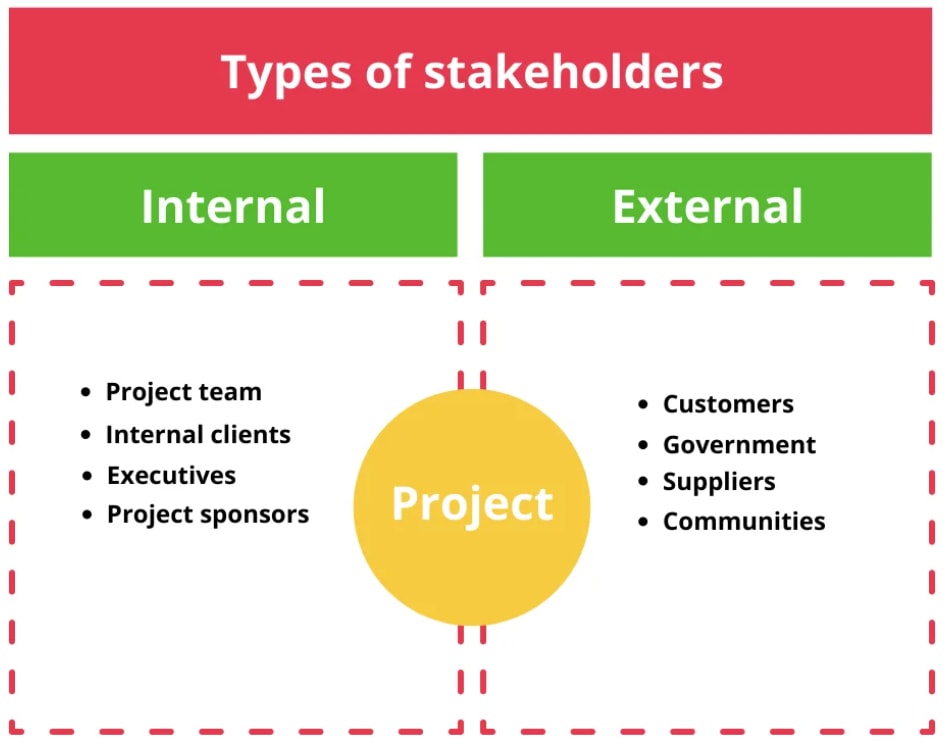
A classic way to analyze stakeholders is by using a power vs. interest matrix.
This simple 2 x 2 matrix helps determine how best to manage stakeholders by plotting them on a grid, based on their level of power over the project outcome and their level of interest in the project.
This positions them into one of 4 boxes, which defines how the project should work with them.
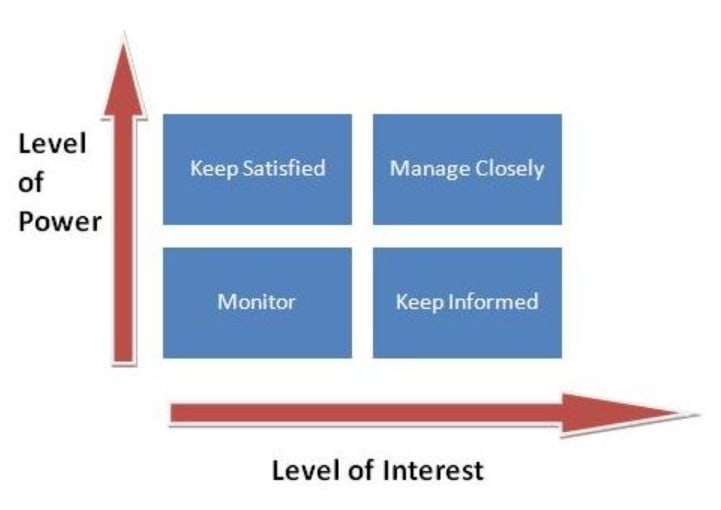
For stakeholders with a high level of power but lower interest in the project, you want to keep them satisfied. Make sure they receive information about the project that’s most valuable to them.
Stakeholders with a high level of power and interest in the project should be closely managed. They’re likely to be an internal stakeholder group like senior management, but could also be an external stakeholder group such as an authorizing body or industry special interest group.
For stakeholders with a high level of interest but lower levels of power, make sure you keep them informed. Remember that stakeholder theory is about stakeholder interests, so this is less about focusing solely on key stakeholders and more about stakeholder fairness.
Even though their level of power is lower, the level of stakeholder value could be high from working with this stakeholder group. They’re already engaged in the project, so they should be willing to contribute their knowledge and experience.
Finally, stakeholders with a lower level of interest and power should be monitored. Their level of interest — or even power — could change over time. Also, stakeholder theory is about value creation for all stakeholder groups, so you’ll still need to consider what that means for these stakeholders.
For more tools to identify and analyze stakeholders, check out our comprehensive guide.
How can I involve stakeholders in decision-making?
Ultimately stakeholders define the success criteria for your project. So, it makes sense to involve them where you can.
Ensure they have visibility
To effectively involve them, you need to start by giving them visibility of the planned project outcome, the current progress, and any challenges you’re facing.
That last one’s important as stakeholders are also a group you can go to for help. They can provide knowledge, influence, and insight that can help you move past any roadblocks you might be facing.
monday.com has all the tools you need to help engage your stakeholders. It can present data in 8 different visualizations, including Gantt and timeline to track progress, and calendar view to get a high-level snapshot of planned work.
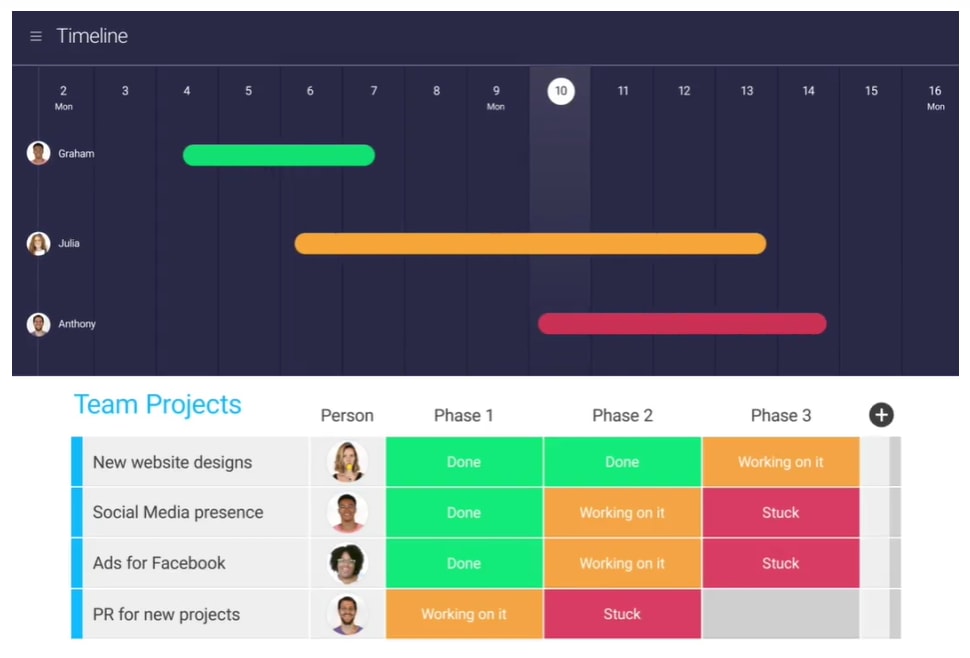
Plus, dashboards can consolidate all your data into one place, making data-driven decision-making easy.
Make collaboration simple
However you’re choosing to work with stakeholders, you want it to be easy. Working within the monday.com Work OS makes collaborating with internal stakeholders a breeze.
They can view project documentation and contribute in real-time by adding notes and tagging other contributors. And, because everything is stored in a single, shared workplace, you don’t need to worry about whether you’re making changes to the most up-to-date versions of things.
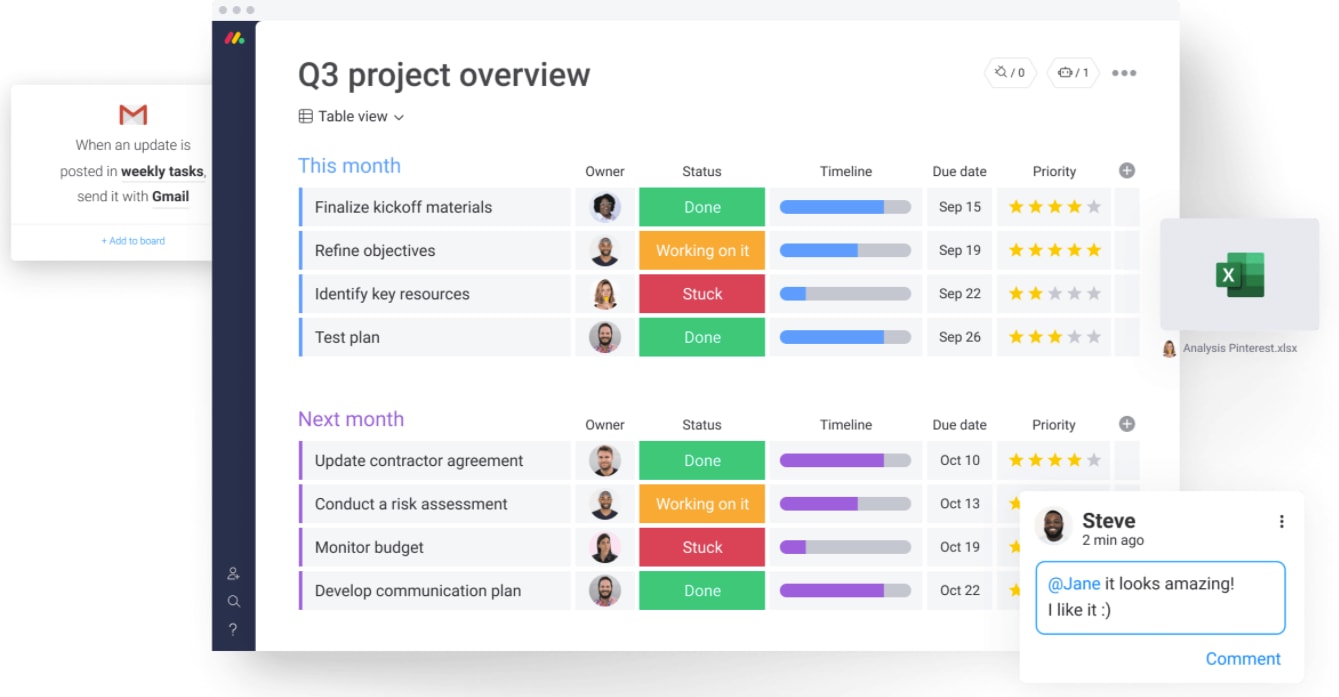
Working externally is pretty simple too. monday.com integrates with all of the usual collaboration and communication tools, which means you’re not limited in who you can engage and share information with.
Seek out their support
Stakeholders can be a rich source of knowledge and experience, which makes them well-placed to help with risk identification and contingency planning.
And it’s of double benefit to the project.
As well as getting some solid tips to manage project risk, feeling purposeful can, in itself, create feelings of value for stakeholders. That is, in a nutshell, what stakeholder theory is all about.
Stakeholder groups have specialist knowledge about their areas, which helps with risk identification and prioritization. It can be challenging for a project team to analyze the likelihood of a risk occurring or how impactful it might be.
Stakeholder input can make estimating those things much more accurate. Plus, they might have good suggestions about possible risk mitigation strategies or contingency planning.

That knowledge and experience can also help with dependency identification and management as part of a dependency workshop. These are run by the project team to help identify internal and external dependencies.
Dependencies management is important. Doing it poorly contributes to 12% of project failures. But capturing how tasks relate to each other in a Gantt chart makes it easier to track the impact of changing dependent tasks and take action as required.
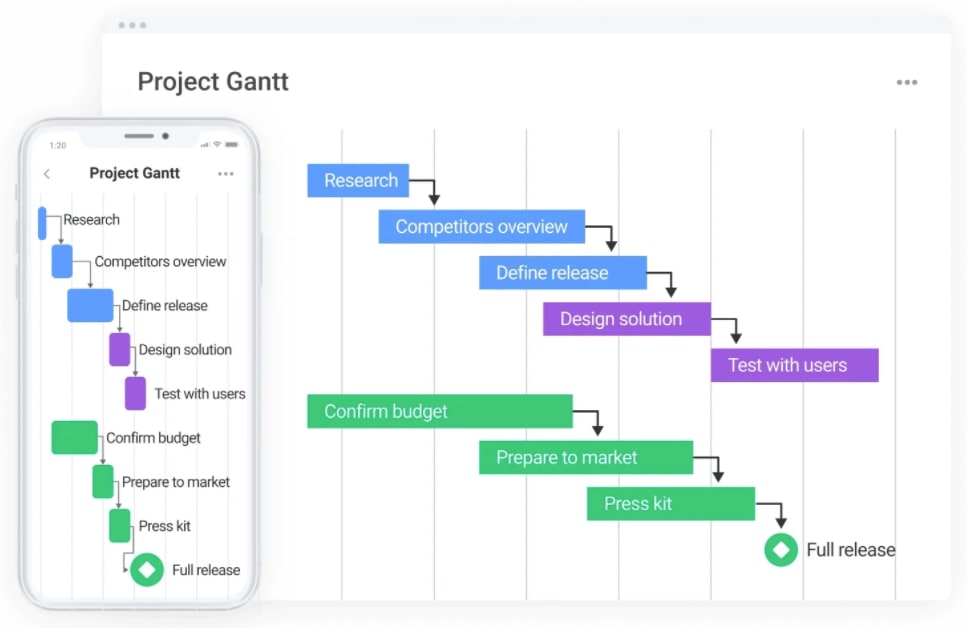
Stakeholder theory builds trust
The key element of stakeholder theory is ensuring stakeholder awareness and enabling their involvement in decision-making.
In this article, we’ve shown you how to identify and analyze your project stakeholders. Our stakeholder register is a great place to capture that information. You can list your stakeholders and begin to think about their level of power and interest.
After that, you can try some of our ideas for getting them involved in decision-making. It might seem challenging at first, but creating engaged stakeholders — and building productive stakeholder relationships — is by far the most valuable thing you can do for your project.

